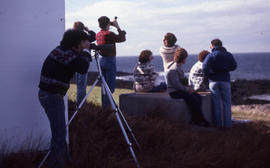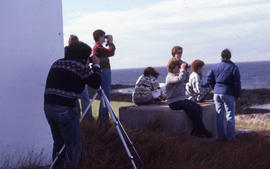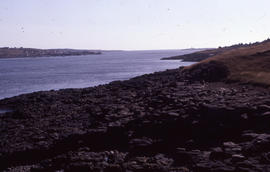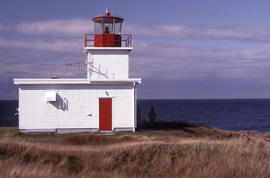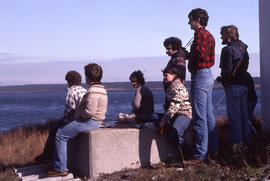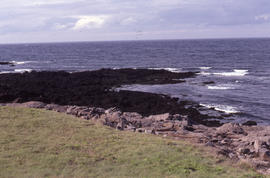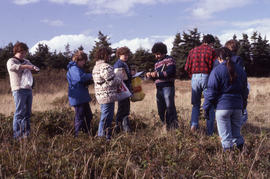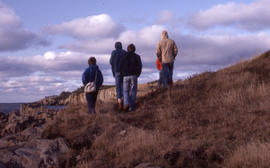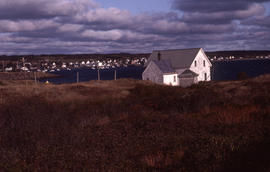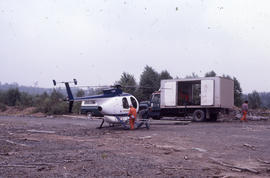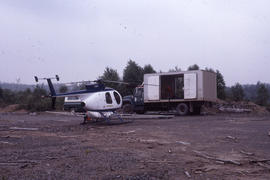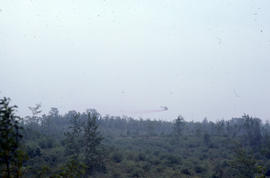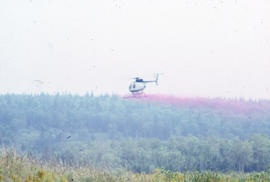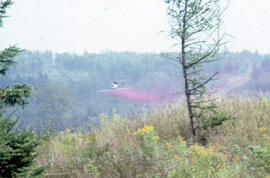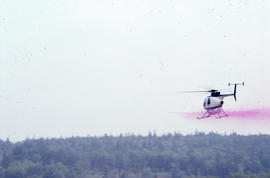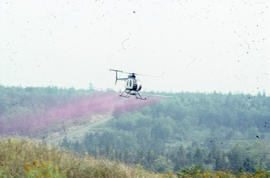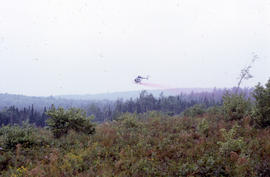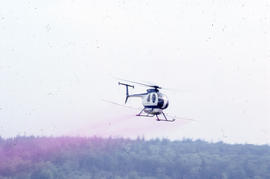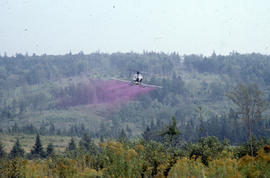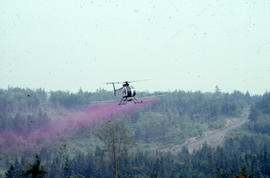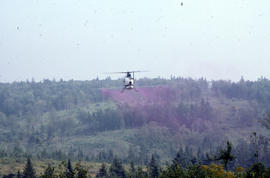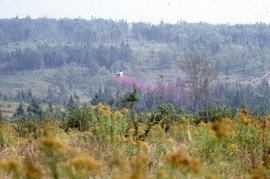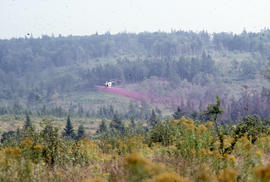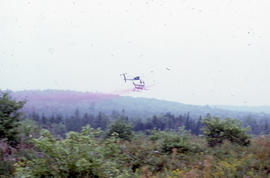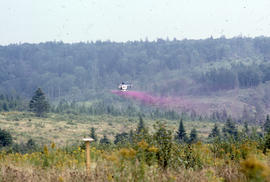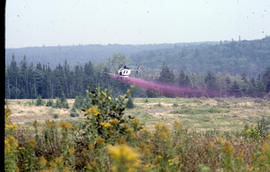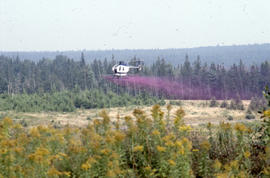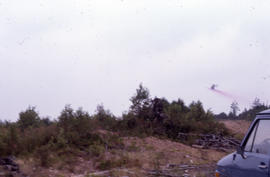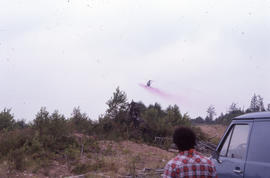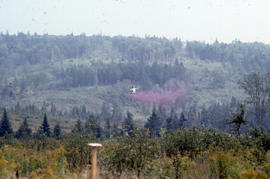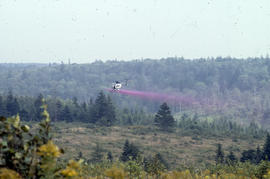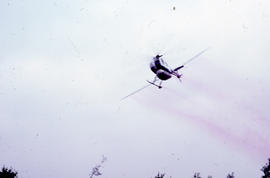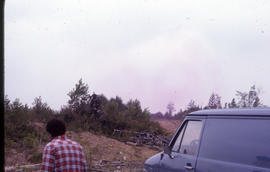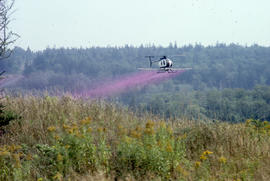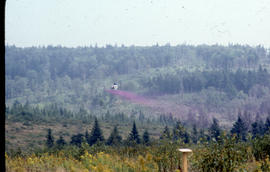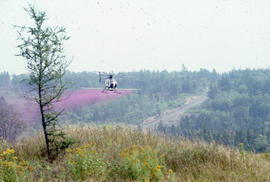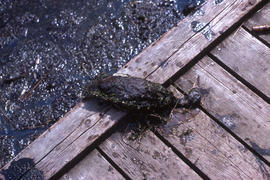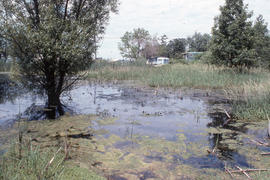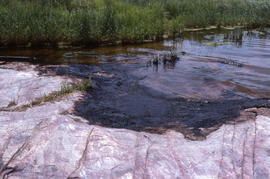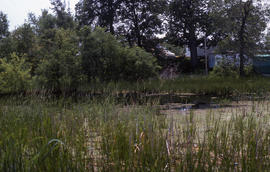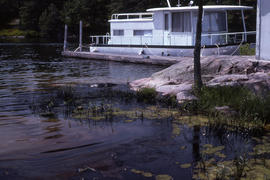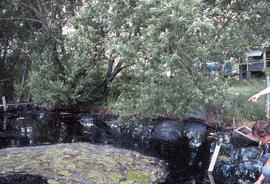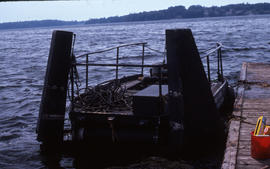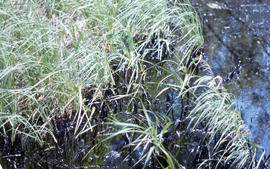Title and statement of responsibility area
Title proper
General material designation
- Multiple media
Parallel title
Other title information
Title statements of responsibility
Title notes
Level of description
Repository
Reference code
Edition area
Edition statement
Edition statement of responsibility
Class of material specific details area
Statement of scale (cartographic)
Statement of projection (cartographic)
Statement of coordinates (cartographic)
Statement of scale (architectural)
Issuing jurisdiction and denomination (philatelic)
Dates of creation area
Date(s)
Physical description area
Physical description
6514 photographs : b&w and colour slides ; 35 mm
18 photographs
ca. 3.6 TB data acquired from 1 desktop computer hard drive, 5 laptop computer hard drives, 2 external hard drives, 7 USB thumb drives, 5 zip disks, 67 5 ¼ in. floppy disks, 228 3 ½ in. floppy disks, 57 CDs, and 6 DVDs
Publisher's series area
Title proper of publisher's series
Parallel titles of publisher's series
Other title information of publisher's series
Statement of responsibility relating to publisher's series
Numbering within publisher's series
Note on publisher's series
Archival description area
Name of creator
Biographical history
Bill Freedman, born 20 January 1950, was a dedicated naturalist, conservationist and environmental scientist. He was a professor and researcher in the Department of Biology and in the School for Resource and Environmental Studies at Dalhousie University from 1979–2015, teaching classes in introductory biology, environmental science and environmental ecology. From 2000–2007 he served as Chair of the Biology Department; he held the George H.S. Campbell Chair in Biology from 2007–2010 and was appointed Professor Emeritus on his retirement in 2015.
Freedman’s research examined the impact of human economic activities on ecosystems and biodiversity. His interests included the ecological repercussions of a wide range of industrial activities, in particular those associated with forestry, including the effects of pesticides, metals, sulphur dioxide, acidification and nutrient inputs to freshwater. He studied forests as CO2-emission offsets, urban ecology, the design of environmental monitoring programs, and ecologically sustainable systems of resource use. Although much of his research was carried out in the Arctic and in boreal and temperate forest regions of Canada, he travelled widely to observe ecosystems and biodiversity on a global scale. He participated in environmental impact assessments of proposed and operating industrial facilities, and served on several government advisory panels. Freedman was a prolific writer who published 10 books (including the first Canadian Environmental Science textbook), more than 100 peer-reviewed journal articles, hundreds of scientific papers and research reports, and several thousand encyclopedia entries.
Freedman was a dedicated volunteer with the Nature Conservancy of Canada, serving as a national trustee and sitting for 26 years on the national Board of Directors (1991–2015). He also chaired the Atlantic Regional Board and the NCC's National Science Advisory Network, as well as sitting on the Board of Directors of the Tree Canada Foundation, which raises funds and awareness for planting non-industrial trees in urban and rural settings.
In 2006 Freedman received the Canadian Environmental Award, Gold Medal Level, in the category of Community Awards for Conservation from the Canadian Geographic Society; in 2007 he received a Career Achievement Award from the Canadian Council of University Biology Chairs. Shortly after his death on 26 September 2015, the NCC dedicated a coastal reserve in Prospect, Nova Scotia, in his honour, renaming it the Dr. Bill Freedman Nature Reserve.
Custodial history
Scope and content
Notes area
Physical condition
Immediate source of acquisition
Arrangement
Language of material
- English
Script of material
Location of originals
Availability of other formats
Restrictions on access
There are no access restrictions on these materials. All materials are open for research.


